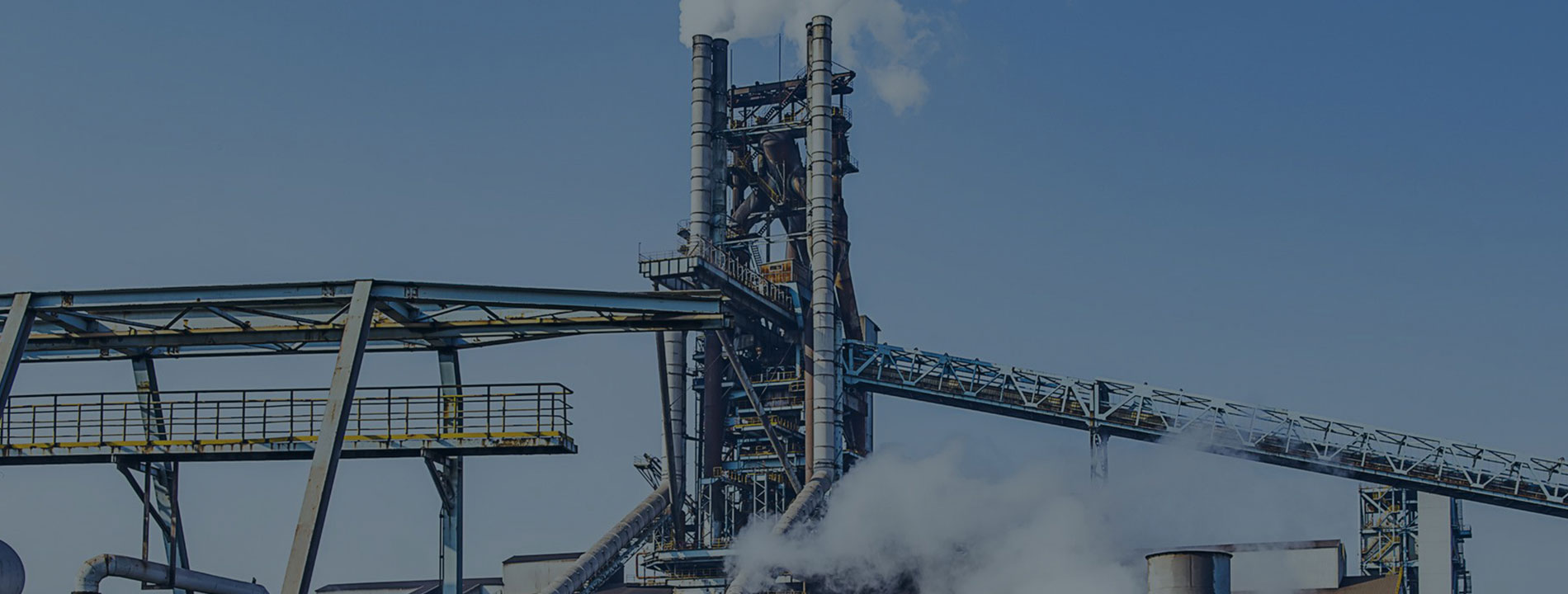

The S-type load cell is a commonly used type of sensor that is mainly used to measure strain and pressure between solids, commonly known as a pressure sensor. Because of its s-shaped design, it is also known as an S-type load cell. The sensor is made of alloy steel material, with rubber sealing and protection treatment, making it easy to install and use. It is suitable for weighing systems in crane scales, batching scales, electronic loads, and other machines. Hysteresis error is one of the main indicators that reflect the accuracy of the sensor, and the size of the error directly affects the measurement results. Therefore, in the production process of the sensor, various factors that affect hysteresis must be strictly controlled. At the same time, it is also necessary to ensure that hysteresis factors are avoided under different sensor installation conditions. So, what factors will affect the accuracy of the S-type load cell?
Strain gauge
The typical structure of metal strain gauges consists of a sensitive gate, a base, a coating, and leads. In the application of sensors, the resistance strain effect of the sensitive gate is used to convert the strain of the elastic body into a resistance value. Due to the hysteresis of the material itself, the strain gauge also has hysteresis.
Elastic body
Due to the internal structure and complexity of any metal material, a micro-strain occurs between the tiny particles under external forces. After the external force disappears, the micro-strain will disappear, but whether it disappears and returns to its original state, the effects vary with different materials.
Sealant
A large amount of sealant is used in the production process of the S-type load cell, mainly for fixing the circuit and sealing. From the surface, it is generally relatively soft when the adhesive is cured, and the relative strength of the elastic body can be nearly neglected. But for small-scale products, it needs to be considered. For small-batch products, the deformation area is relatively weak, and the impact of the sealant thickness is significantly increased. Different quality adhesives also have different properties. If the hardness of the adhesive layer changes with time, then the hysteresis of the product will also change. Therefore, when selecting sealants, stable gels after curing should be chosen.
The so-called installation conditions refer to the boundary conditions when the load cell is installed with accessories. On the other hand, it refers to the installation conditions of load cells in the use field. This has been analyzed through research on different application customers.
Surface condition
Refers to the quality of the contact surface between the weighing platform and the sensor, such as roughness, parallelism, etc. If the surface is too rough, the fastening bolts will loosen after long-term use, affecting performance. If the parallelism is too large, the force produced after the sensor is loaded directly affects the accuracy of the product, and cannot reflect the true accuracy of the sensor. To reduce costs, some companies directly cut the thicker steel plate into suitable sizes and weld them to the scale without any processing. There will be no problems in early use, but the accuracy will become poorer with time.
Contact area
The fixed contact area between the sensor and the weighing platform. Due to differences in structure and technology of different companies' products, the dimensions of the contact area also vary. Therefore, in the production process, the sensor must be determined, and detailed definitions must be provided in the installation and operation manuals of the S-type load cell to ensure that customers can install and use it according to the conditions.
Bolt strength
The influence of bolt strength is the same as the installation torque. If the strength is not enough, after a period of use of the product, the locking force will become loose, affecting the accuracy.
Installation surface hardness
The fixed end of the cantilever beam sensor indicates that the contact surface is small. If the hardness is too low, the bearing support point will move with the increase in usage times, and the accuracy will change to varying degrees.
Tianguang, as a professional and well-experienced force sensor manufacturer, offers high-accuracy TJL-1 series s type load cells for batching scales, packaging scales and various mechanical testing equipment, three types of s-type load cells for choice:
1. TJL-1 S Type Load Cell
Rated Load: 0.05~200 kN
Precision: 0.02~0.05% FS
https://www.tgloadcells.com/products/tjl-1-s-type-load-cell/
2. TJL-1B S Type Load Cell
Rated Load: 1~200 kN
Precision: 0.02~0.05% FS
https://www.tgloadcells.com/products/tjl-1b-s-type-load-cell/
3. TJL-1C S Type Load Cell
Rated Load: 0.2~50 kN
Precision: 0.02~0.05% FS
https://www.tgloadcells.com/products/tjl-1c-s-type-load-cell/

86-552-4923688
No. 118, Jiahe Road, High-Tech Zone, Bengbu, Anhui, China
 English
English 日本語
日本語 한국어
한국어 français
français Deutsch
Deutsch Español
Español italiano
italiano português
português العربية
العربية tiếng việt
tiếng việt ไทย
ไทย